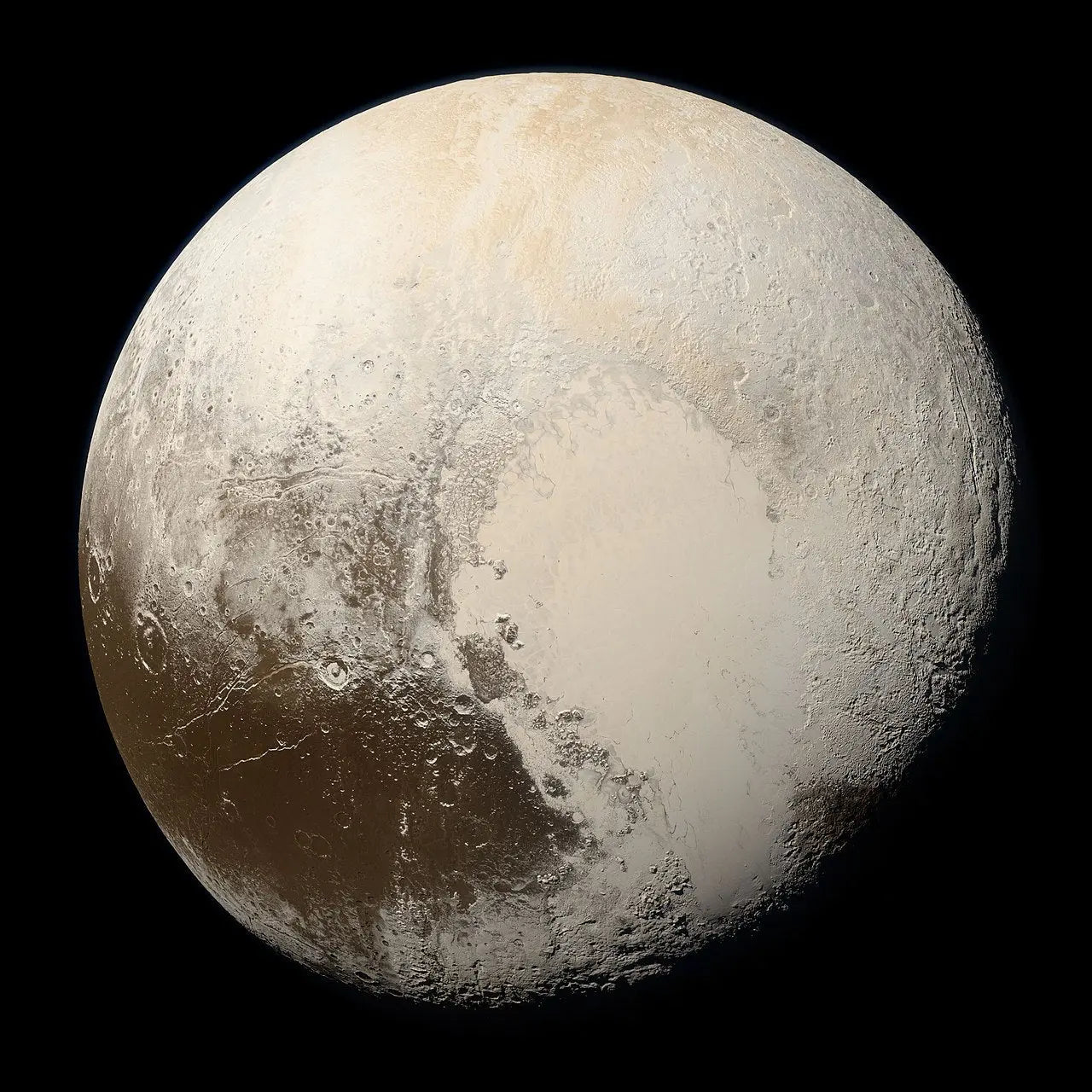A Milestone in Astronomy
Introduction
The discovery of Pluto on February 18, 1930, marked a significant milestone in the field of astronomy. This celestial body, initially considered the ninth planet in our solar system, captivated the imagination of scientists and the general public alike. Although later reclassified as a "dwarf planet," Pluto's discovery is a testament to human curiosity and the relentless pursuit of knowledge. This article delves into the fascinating story of how Pluto was discovered, the key people involved, and the scientific implications of this groundbreaking find.
The Search for Planet X
The story of Pluto's discovery begins with the search for "Planet X," a hypothetical planet beyond Neptune. Astronomers like Percival Lowell hypothesized its existence based on irregularities in the orbits of Uranus and Neptune. Lowell dedicated years of his life and even built an observatory in Flagstaff, Arizona, to find this elusive planet. Unfortunately, he passed away in 1916 without making the discovery.
The Torchbearer: Clyde Tombaugh
The quest for Planet X did not die with Lowell. A young, self-taught astronomer named Clyde Tombaugh took up the mantle. Hired by the Lowell Observatory, Tombaugh was armed with a state-of-the-art telescope and a technique called "blink comparison." This involved taking multiple photographs of the night sky and comparing them to identify moving objects, which could be planets.
The Momentous Discovery
After a year of painstaking work, Tombaugh finally spotted a moving object on photographic plates taken on January 23 and 29, 1930. Further observations confirmed that it was, indeed, a new celestial body. The discovery was announced on March 13, 1930, coinciding with Percival Lowell's birthday and earning Tombaugh a place in the annals of astronomy.
Naming the New Planet
The honor of naming the newly discovered planet was given to the public. An 11-year-old English girl named Venetia Burney suggested the name "Pluto," after the Roman god of the underworld. The name was fitting for a planet so far from the Sun and shrouded in darkness. It was also a subtle nod to Percival Lowell, as the first two letters of Pluto are his initials.
Scientific Implications
The discovery of Pluto had profound implications for astronomy. It expanded our understanding of the solar system and led to debates about what constitutes a planet. Pluto's orbit and composition also provided valuable insights into the Kuiper Belt, a region of the solar system beyond Neptune filled with small, icy objects.
The Reclassification Controversy
In 2006, the International Astronomical Union (IAU) redefined the criteria for what constitutes a planet, leading to Pluto's reclassification as a "dwarf planet." This decision sparked heated debates among scientists and the public. However, it also paved the way for the discovery of other dwarf planets like Eris and Haumea.
The Legacy of Pluto
Despite its reclassification, Pluto continues to fascinate scientists and laypeople alike. The New Horizons mission in 2015 provided the closest look at Pluto, revealing a complex and dynamic world with mountains, valleys, and possibly even an underground ocean.
Conclusion
The discovery of Pluto is more than just a historical event; it is a story of human ingenuity, perseverance, and the quest for knowledge. Whether considered a planet or a dwarf planet, Pluto remains a symbol of the uncharted territories that await us in the cosmos. Its discovery has inspired generations of astronomers to look beyond the known boundaries, challenging our perceptions and expanding our understanding of the universe.
The tale of Pluto serves as a reminder that the journey of discovery is never-ending, and the mysteries of the universe are ever-unfolding.



Share:
What the Apollo Program Taught Us About the Moon
High School Lesson Plan - Eclipse Travel Itinerary Activity